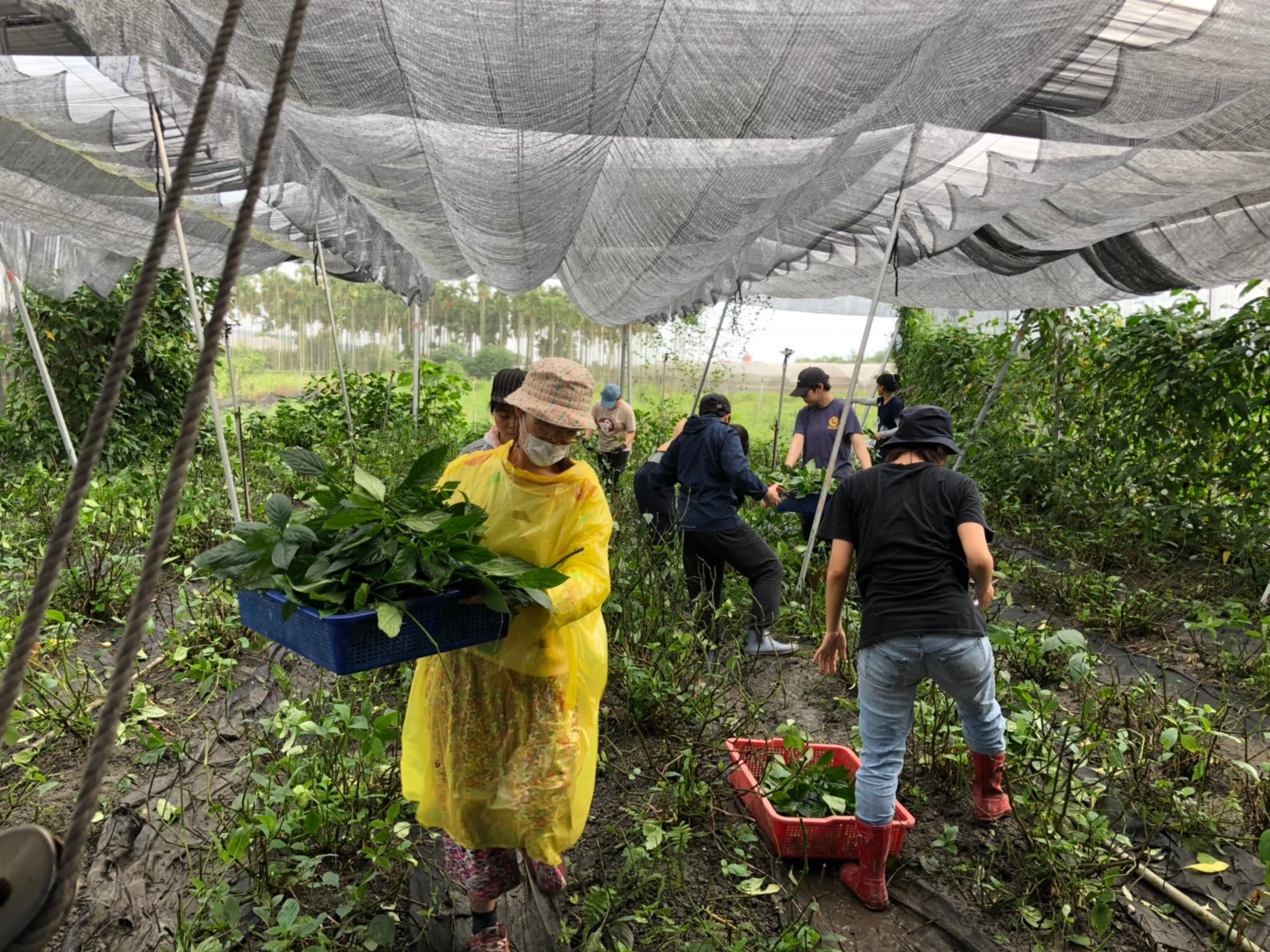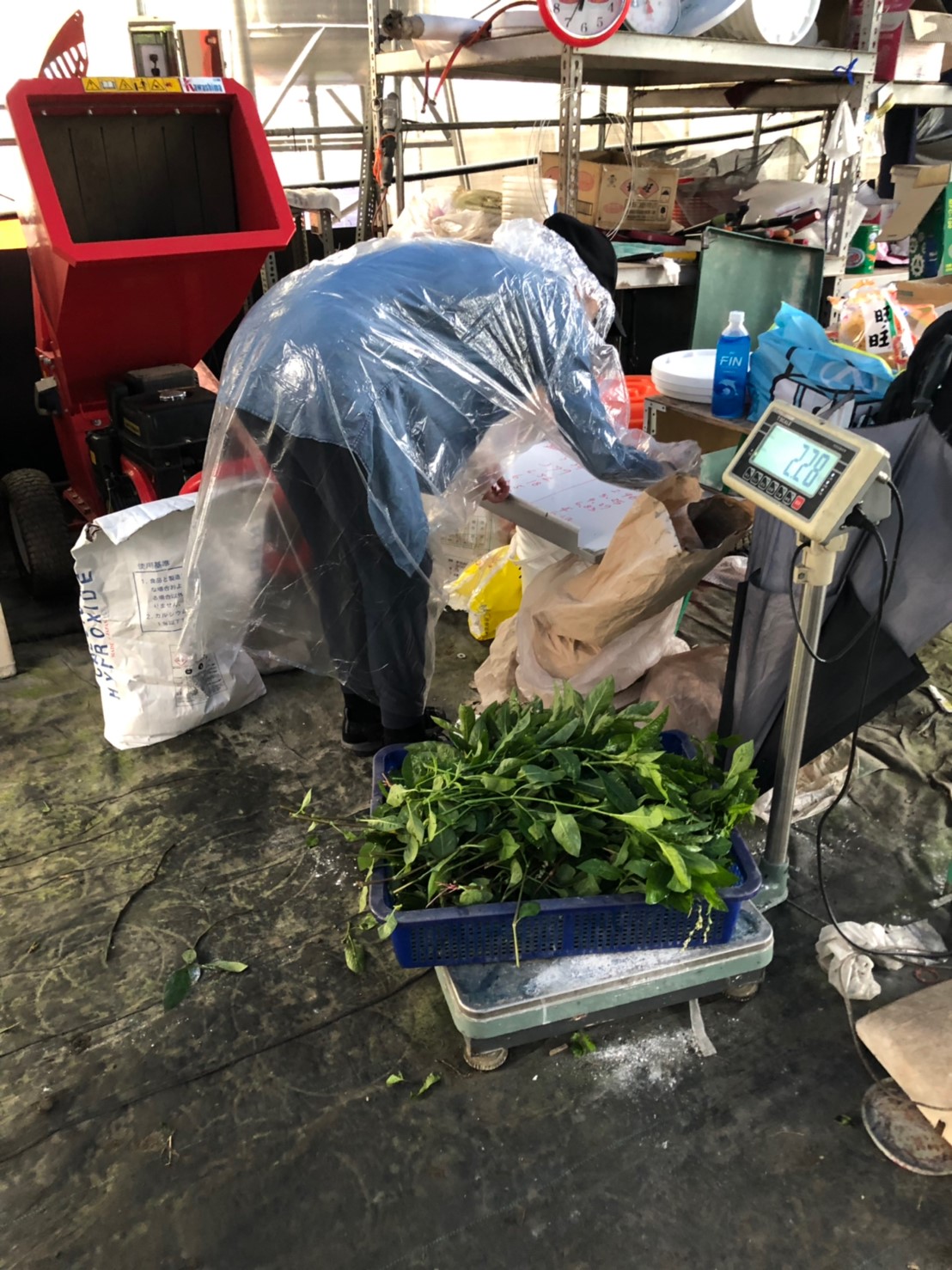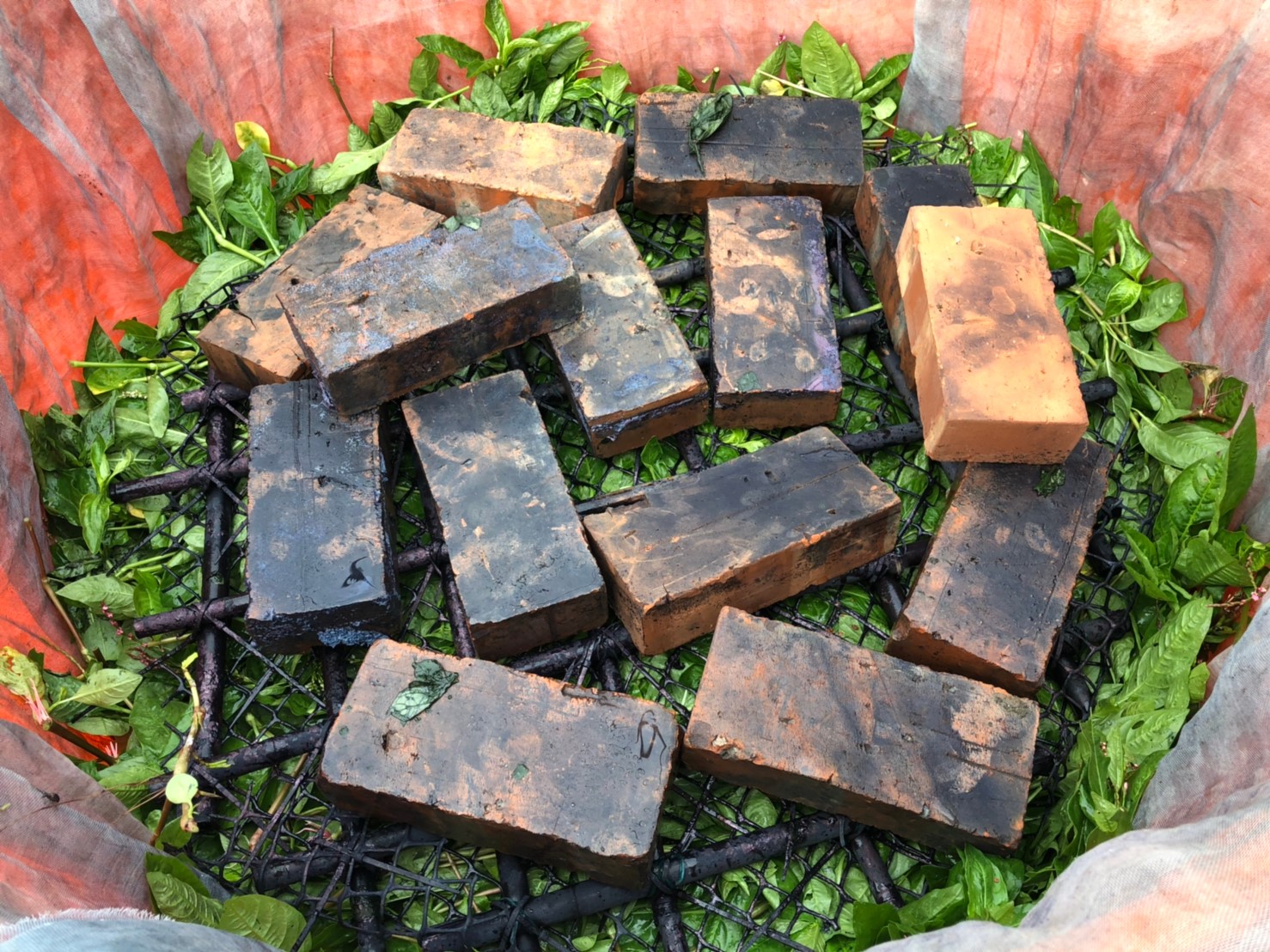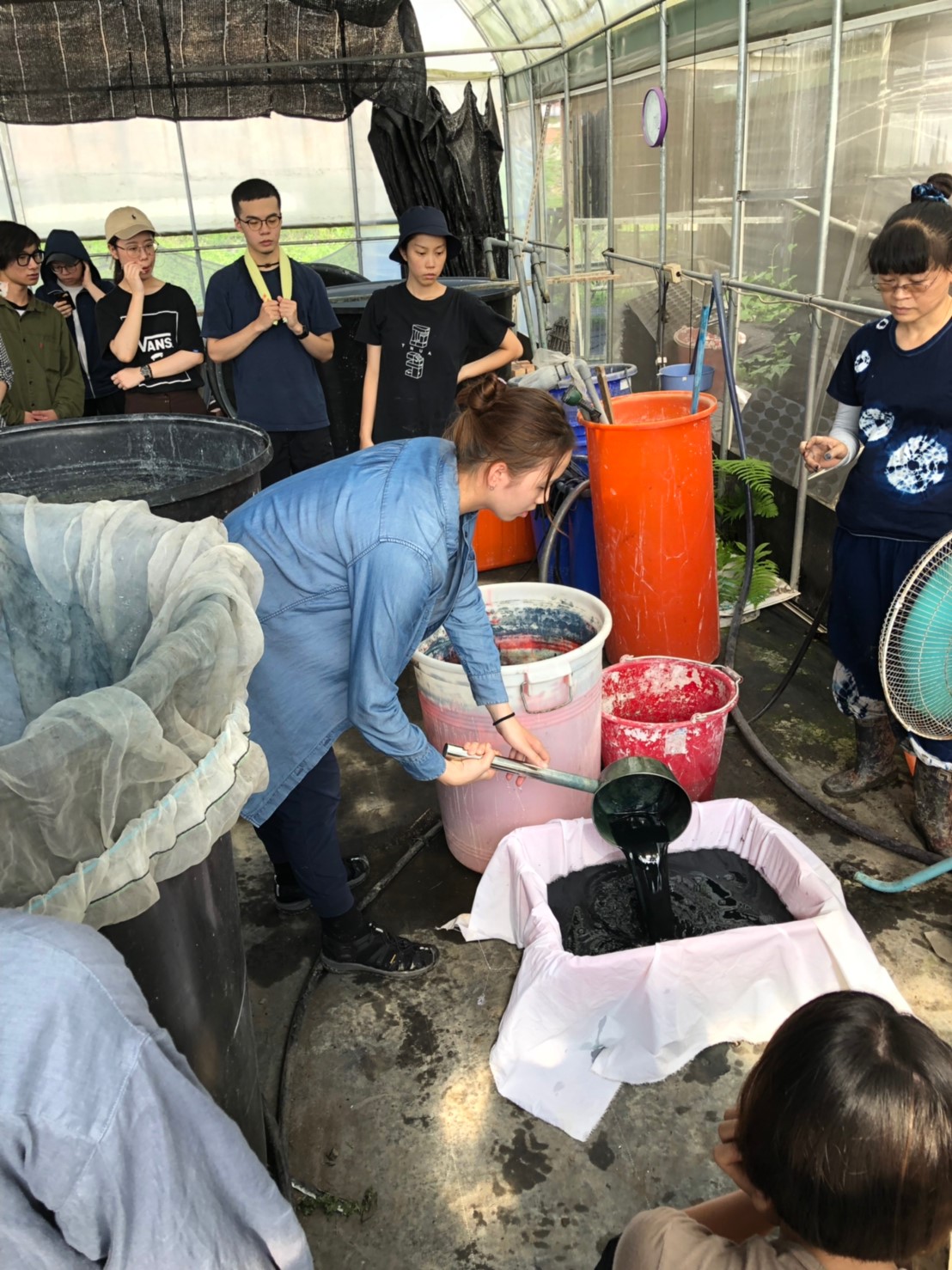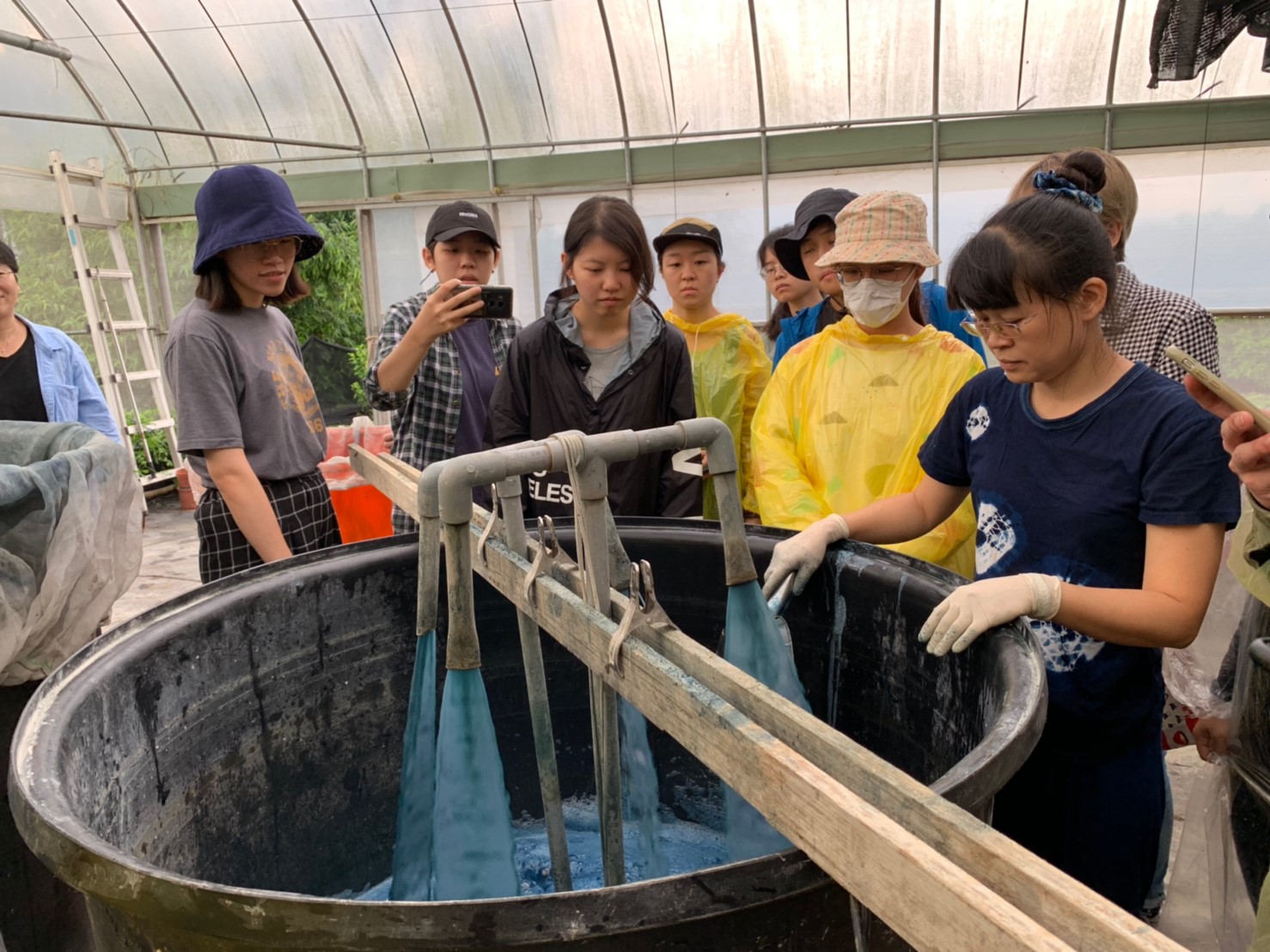Accession card
Description
Traditional handicrafts are a kind of embodied local knowledge, so does indigo. On the course of "Blue Across Boarders", students had a chance to talk with artisan Tang Wen-chun (湯文君), who is also an educator, motivator and researcher on indigo. Tang introduced the plants of indigo which are harvested in her farm, the practice she was conducting on also the process and tips for harvesting plants of indigo. Students had a field visit to the farm that grows the plants of indigo dye. On the second day, students were able to touch and harvest the plants of indigo in the early morning, witness and experimented the process of making Indigo dye. Consisting of four different kinds of indigo plants, the farm not only secures the source material of indigo dye but also serves as an important spot of education, though body experiencing.
June is the season that the plants are ready to be pruned and used for making dye. Students harvested the plants of indigo, weighted the leaves, put in the plastic bucket and soak with water and heavy stones which are used to press the color from the leaves during an overnight. The covered bins need to sit for about 24 hours, depending on the weather. More, students also tried to remove the bundles, although it was not completely successful with the process, but it is the feature of one craft, which shows that practice and body experience is essential.
The reflection is built up gradually with their experiences. One of students reflected with two perspectives. First, it is about the rise of cultural and creative industry, which is the most common and easiest channel for most people to contact with blue dyeing, especially for young generation. This also makes people think of the psychology of today's consumers, who focused on the features of "handmade", "customized" and "unique" more. The second is the reason for persisting and safeguarding. It is obvious that there are chemical dyes that are cheap and easy for production, then why do people still insist on natural dyes? It is related to emotional reasons more, such as the enthusiasm toward a craft. Perhaps only through learning this body and environmental knowledge cUan we understand more about the relations between human and the world.
Code
Date
University
Title
Medium
- Image

